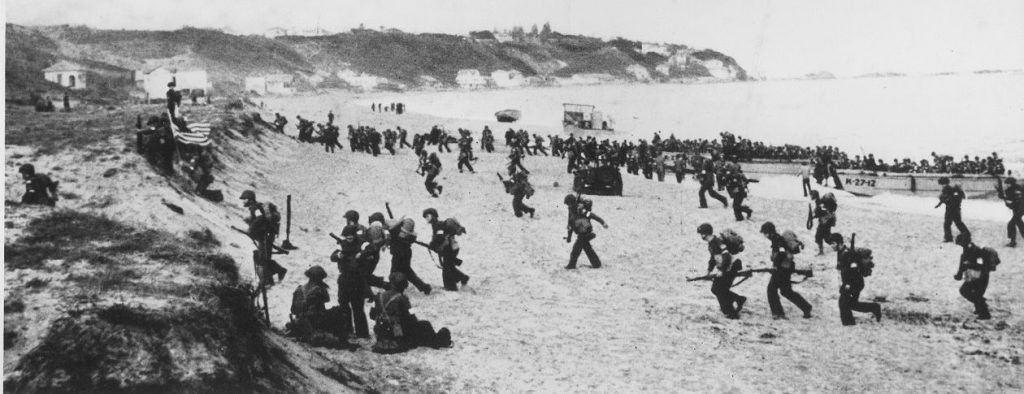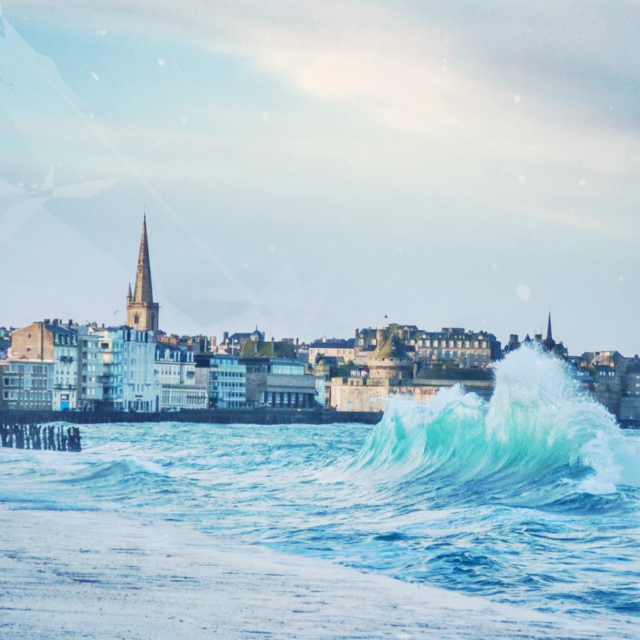Our latest PLP 10 unit was all about World War II, and with that unit we were assigned three separate books. Here is a book review of “All the Light we Cannot See” by Anthony Doerr.
The book “All the Light we Cannot See” (Doerr), is a fictional novel based on two different perspectives from the Second World War. The perspectives are portrayed through dozens of chapters depicting the lives of two children from France and Germany. One of the children is a girl named Marie-Laure, who lived in Paris, France with her dad who worked at a museum. Marie-Laure became blind at an early age because of juvenile cataracts. In the book, the author portrays her blindness vividly, using a type of imagery that uses other senses like touch and taste to portray her blindness and to experience what it may be like being blind. This quote from chapter seventeen shows how the author, Anthony Doerr, uses this technique to best portray her blindness. “Her father radiates a thousand colors, opal, strawberry red, deep russet, wild green; a smell like oil and metal, the feel of a lock tumbler sliding home, the sound of his key rings chiming as he walks. He is an olive green when he talks to a department head, an escalating series of oranges when he speaks to Mademoiselle Fleury from the greenhouses, a bright red when he tries to cook.”
The other child from the book is a German boy named Werner, an orphan living in Zollverien, an industrial coal mining facility located in West Germany. Werner is very good with technology, and throughout the book he uses and repairs different radios and other machines with ease. This in turn leads him going to the Hitler Youth program, where he would be trained to fight in the Nazi army. His mechanical talents keep him in the program, and he is tested and taught by the leaders and other soldiers at the camp. Germany wanted as many young and noble soldiers as they could for the war, and Werner just so happened to be one of the millions and millions of young boys elected to go fight for his country. He tended to please the soldiers and camp leaders in the program, but the exercises they practiced were sometimes ruthless and tiring.
While reading the book, I learned about their lives growing up in World War Two and how it changed their perspectives over time. At times, both children felt as if they were on the right side, but in war, there is no right side. Millions of people were killed in the war during a time where, if you were in the wrong place at the wrong time, your life would have ended. Doerr’s writing invited me into the hostile environment the kids faced during World War Two. The author’s use of vivid imagery had me anxiously trying to imagine to what the scene could have looked and felt like for the kids. The book invited me into the steady life of these kids and then brutally ruptured that life away, forcing them to cope in a harsh environment. It made me want to learn more about the details of the Second World War, and I’m glad I chose this one to read.
Overall, I enjoyed this book, as it offered two different perspective stories of the war and how two very different countries in the war fought back against one another. It also taught me a lot about what their personal conflicts were about the war and how the two kids lived very similar, yet also very different, lives; lives that eventually intersected and ended in sorrow and tragedy.


